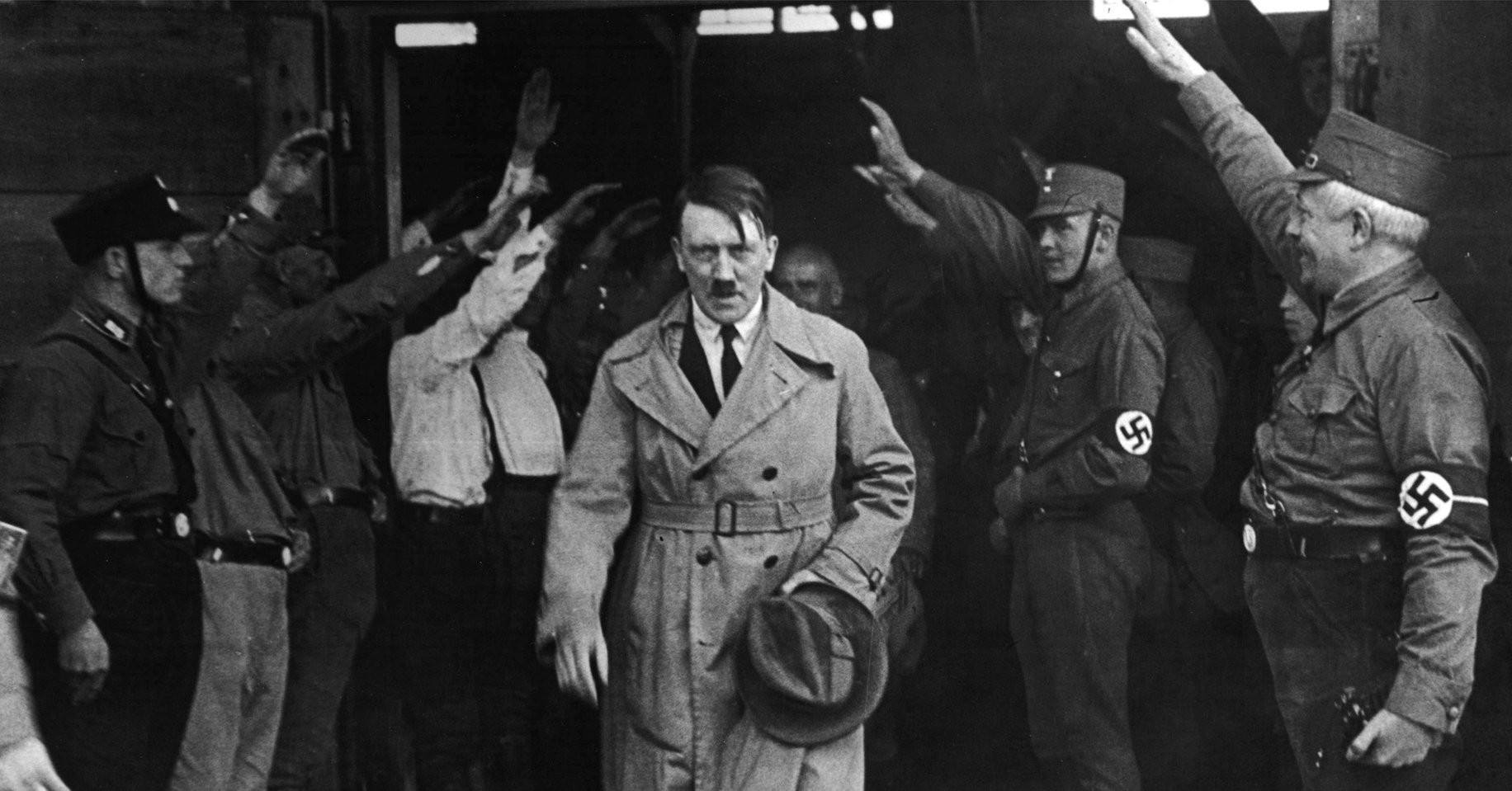
Hitler’s Rise to Power
One nation in crisis and a saviour
In spite of the fact that Italy had been a victor state in World War I, the Italian political elite was dissatisfied that not all of their territorial pretensions had been fulfilled after the Treaty of Versailles. The accumulated frustrations led Italy on the path of revisionism and towards an alliance with another power which was contesting the status-quo: Nazi Germany.

1 of 7
Italy withdrew from the Paris Peace Conference and returned only because it was afraid of losing what it had already obtained. Furthermore, it threatened to withdraw a second time from the conference, at the point of the proposal to form a Danubian customs union. Multiple reserves concerning the Treaty of Versailles facilitated the rise of fascism.
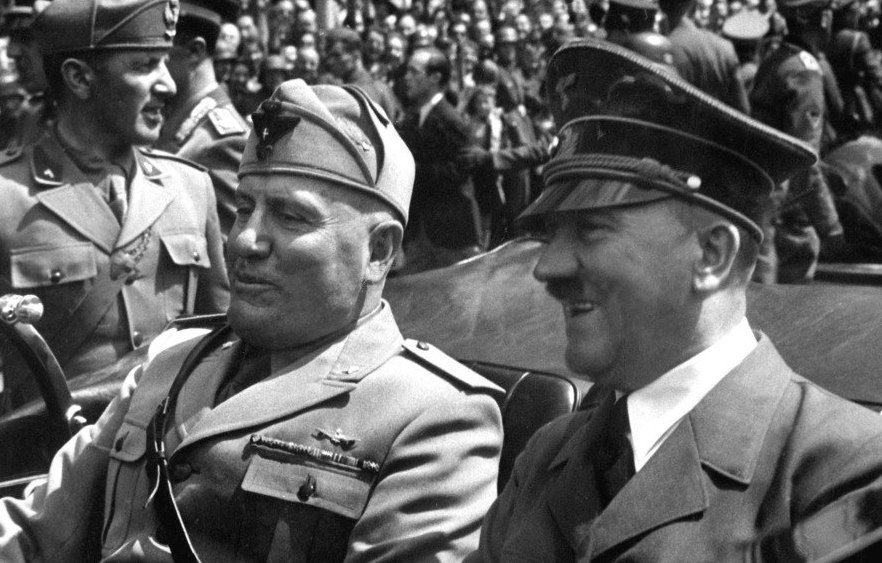
2 of 7
There were many similarities between the fascist and Nazi ideologies. The only major difference was that, in its primary phase, fascism was not racist or xenophobic. Mussolini implemented racist and xenophobic politics later under pressure from Hitler.

3 of 7
Mussolini, leader of the fascist movement, came to power after a coup. He quickly installed a totalitarian regime, a term invented by the fascists. In his opinion, totalitarianism differed from democracy because it rested on total and unconditional popular support. The fascist leader would lead his people on ‘the road to glory’.
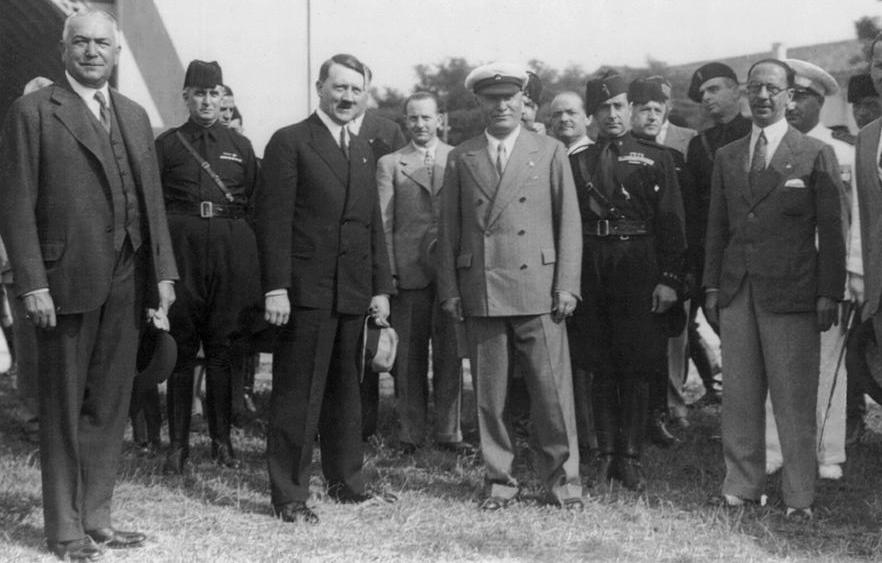
4 of 7
The fascist regime did not have good diplomatic relations with Nazi Germany from the beginning. Italy blocked Germany’s attempt to unite with Austria by creating the ‘Stresa Front’. The three Great Powers, together with Italy, tried to guarantee Austria’s independence. The deal only lasted for two months.
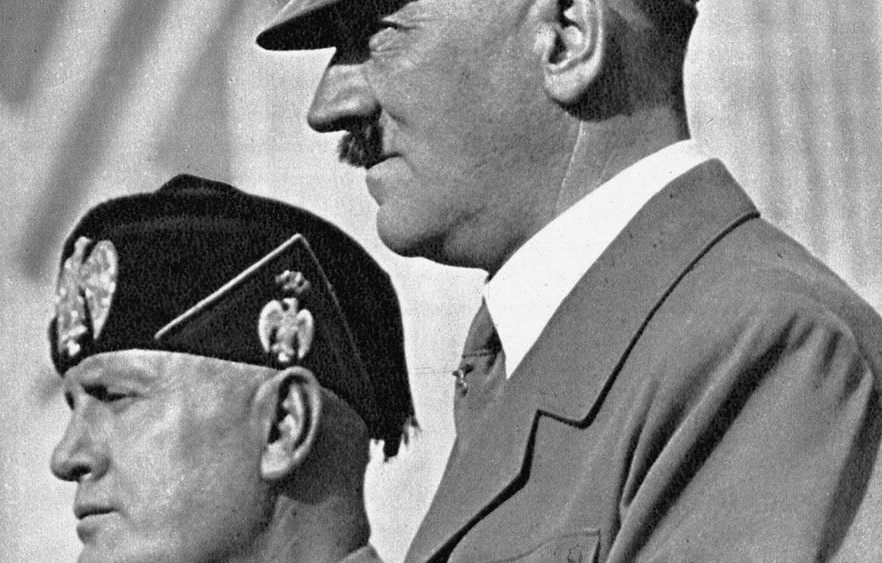
5 of 7
The fascists had to choose between the control of Austria, hotly contested by the Germans, and expansion into Africa, which was blocked by England and France. Mussolini decided to try to form a colonial empire in Africa and an alliance with Nazi Germany. From that point, fascist Italy became Hitler’s loyal ally.
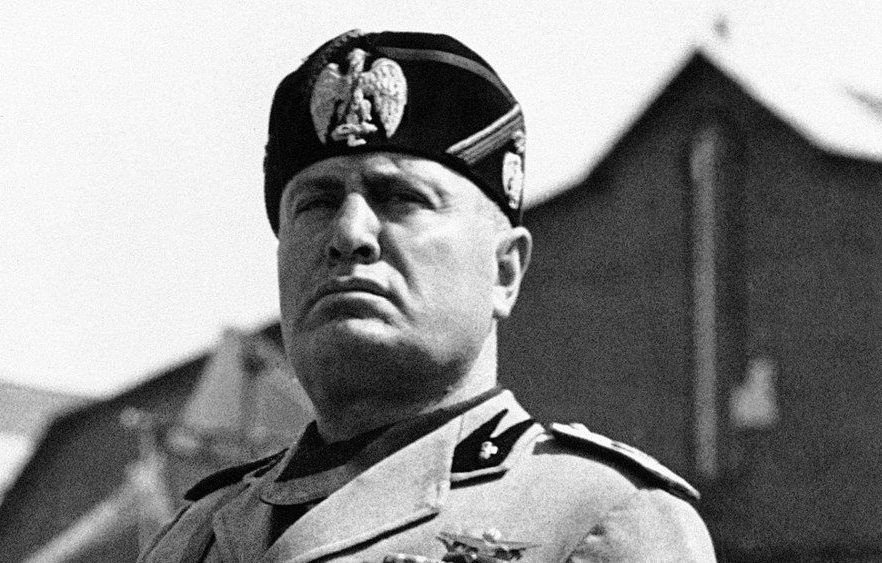
6 of 7
In his youth, Benito Mussolini was the editor of a socialist newspaper. The First World War gave him the conviction that nationalism embodied much more force than the Marxist class battle. The fascist ideology propagated by Mussolini was nothing other than extreme nationalism.

7 of 7
Instead of helping Germany, fascist Italy’s military and economic weakness hindered the rise of the Wehrmacht. Hitler had to offer consistent aid to Italy during the war with Ethiopia and Greece. Mussolini’s troops, sent to the eastern front against the Soviets, once again showed up Italy’s problems.
After his unsuccessful attempt to overthrow the government of the province of Bavaria, Hitler was imprisoned. In detention, he wrote his autobiographical book Mein Kampf, ‘My Struggle’. Mein Kampf was the reference work for the entire Nazi ideology. It was the inspiration which ‘justified’ Germany’s expansion and its entire genocidal policy.

1 of 7
In Hitler’s opinion, liberalism and socialism were marked by enlightenment influences. These influences were nothing other than ‘Jewish ideas’. Due to this, all ideologies characteristic of the ‘weak races’ must be viewed as mortal enemies of Nazism.
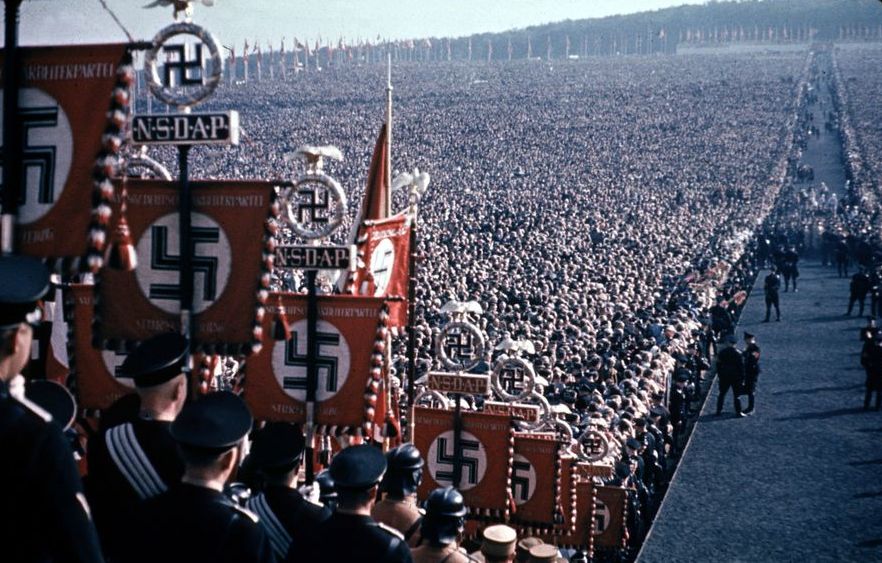
2 of 7
For Hitler, the notion of the German people did not refer to all those born within the German borders. The leader of the Nazi party only acknowledged those belonging to the Aryan, ie nordic race, as being part of the group with a glorious destiny. It would be enough for Germans to unite in a single mind to be able to build a thousand-year Reich.

3 of 7
According to Hitler, the white race was superior to the yellow, and the yellow superior to the black. The Aryans were superior to the Slavs and Latinos, and these were superior to the Jews or gypsies. The Latin and Slavic peoples must be conquered, and their populations become slaves. Jews and gypsies did not deserve to be considered humans, so they would be exterminated.
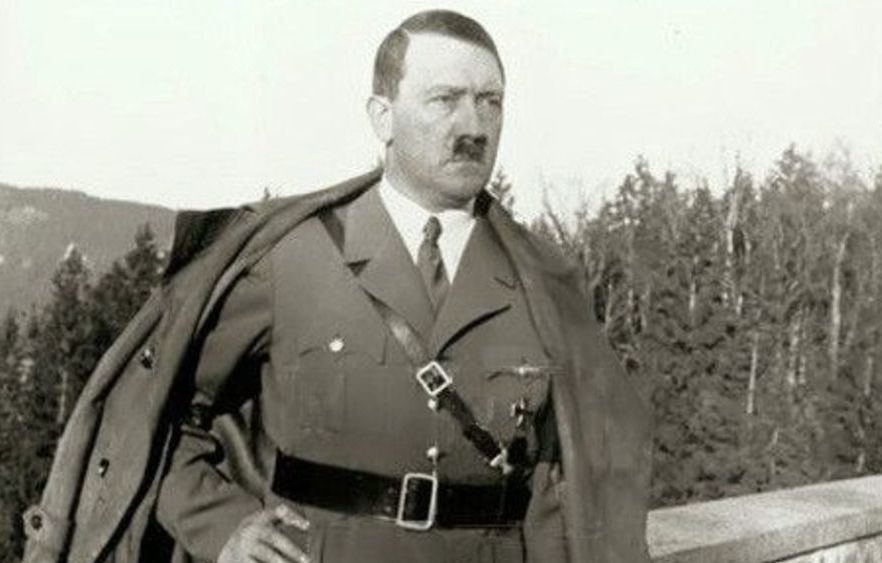
4 of 7
The Führer, the supreme ruler, promised to bring in Germany’s Third Reich, ie Empire. The first was the Holy Roman Empire, and the second the German Empire constituted by Otto von Bismarck.
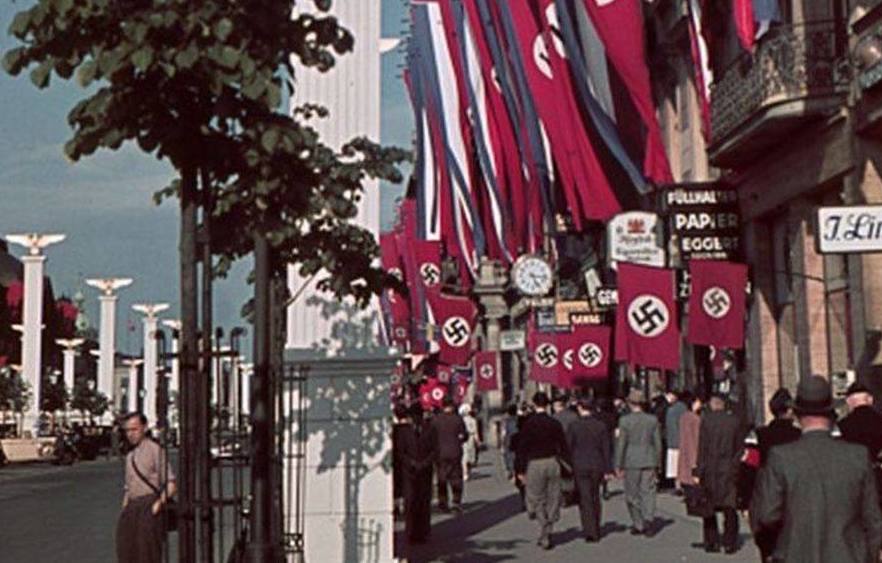
5 of 7
The German Reich needed Lebensraum, ‘living space’. This living space was represented by the territories to the east of Germany, populated by Slavic peoples. Historians are divided as to whether Hitler was planning the invasion of Poland and the Soviet Union as early as the time of his imprisonment. What is certain is that this ambition is found in Mein Kampf.

6 of 7
According to Hitler, Germany was betrayed in World War I. The main culprits were the Jews, the communists and all those wishing for the destruction of the German people. In reality, Hitler believed that Germany had a great destiny. This could only be fulfilled through the unification of the entire German people under one party, belonging to one ruler.
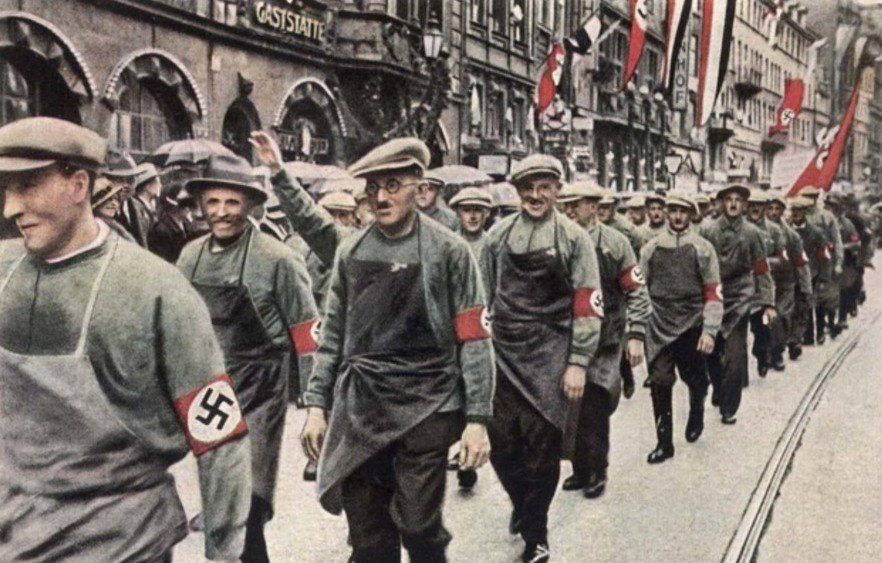
7 of 7
The Nazi ideology has also been called ‘national-socialism’. However, socialism as defined by Mein Kampf was nothing other than a nationalism which all society believed in. To be socialist meant to be able to unconditionally adopt the cause of the people to the end.

The End of World War One and the Paris Peace Conference
World War I was the most terrifying carnage humanity had ever known. At the end of the 52 months of war, the statistics were shattering: over 9 million lives lost, with probably the same number of people suffering from some kind of illness or disability after the battles.
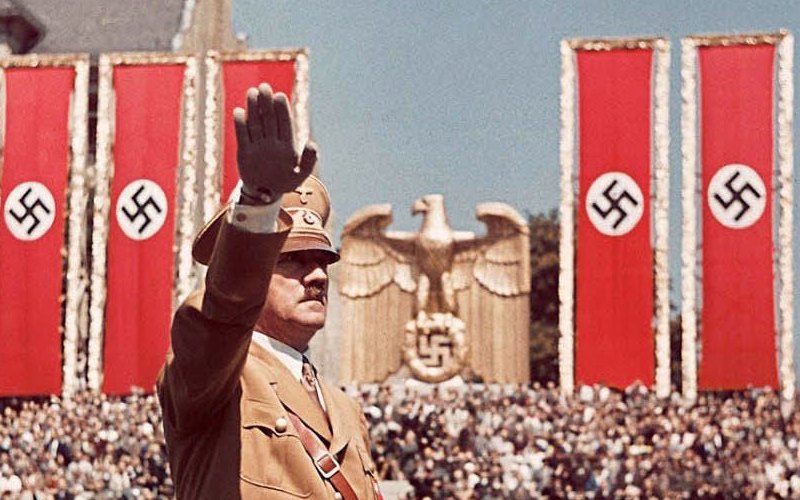
The Road to World War Two
The path to World War Two originated from unresolved territorial issues between France and Germany at the end of World War One. These, coupled with economic and social upheaval in Germany and Italy, old colonial ambitions and a desire for conquest led by Hitler and Mussolini resulted in the second world war.
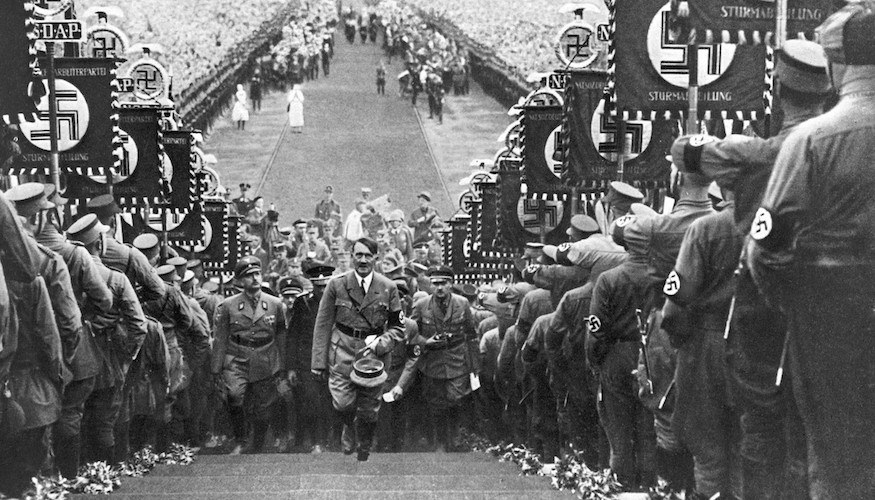
Nazi Germany
Once Hitler had taken over Germany’s destiny, foreign policy turned towards destroying the diplomatic edifice of the Treaty of Versailles, which many Germans saw as a humiliating ‘Diktat’. The occupation of the demilitarized area of the Rhineland was a definitive failure of the collective security. It opened up the way for the Second World War.
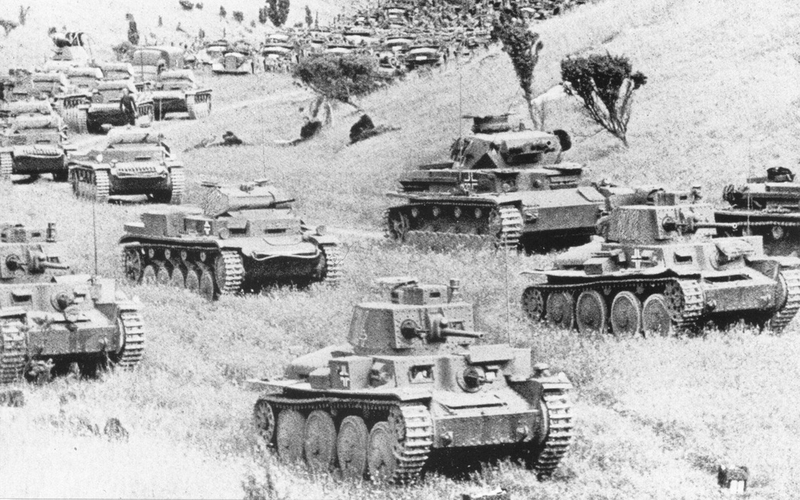
Blitzkrieg
Blitzkrieg literally means ‘lightning war’. This tactic describes an offensive military doctrine used by the German Army during World War Two.
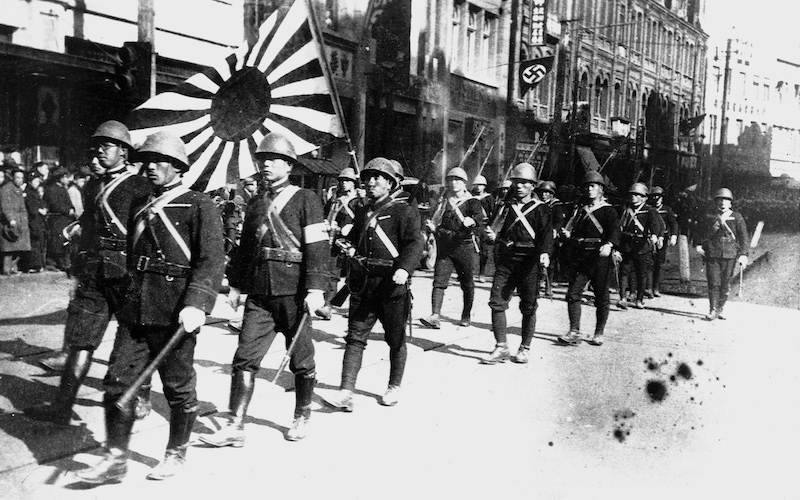
Japan on the Path to World War Two
The path that led Japan on one side, and the United States, China and Britain on the other to war is long and complex. The origins of the conflict can be identified in Japan's unique history and culture, nurtured by the expansionist tendencies of its leaders in the 1930's.
- Al Treilea Reich - Richard Evans, trei volume, editura Rao, București, 2015
- The Third Reich in History and Memory- Richard Evans
- The German Unemployed: Experiences and Consequences of Mass Unemployment from the Weimar Republic to the Third Reich- Richard J. Evans, Dick Geary
- Originile celui de-Al Doilea Război Mondial- A.J.P. Taylor, editura Polirom, Iași, 1999
- Ascensiunea și decăderea marilor puteri. Transformări economice și conflicte militare din 1500 până în 2000- Paul Kennedy, editura Polirom, Iași, 2011
- The Rise and Fall of the Third Reich- William L. Shirer
- Sfârșitul. Rezistența sfidătoare și înfrângerea Germaniei lui Hitler, 1944-1945- Ian Kershaw, editura Corint, București, 2013
- Cu Hitler până la sfârșit- Heinz Linge, editura Corint, București, 2014
- O istorie internațională a Europei în Secolul XX- Lucian Leuștean, editura “Universității Alexandru Ioan Cuza Iași”, Iași, 2015
- Operatiunea „schulung". Lovitura de poker pentru Hitler. Documente Diplomatice Inedite- Sadowski Liviu, Sadowki Armand, editura Sedcom Libris, Iași, 2012





